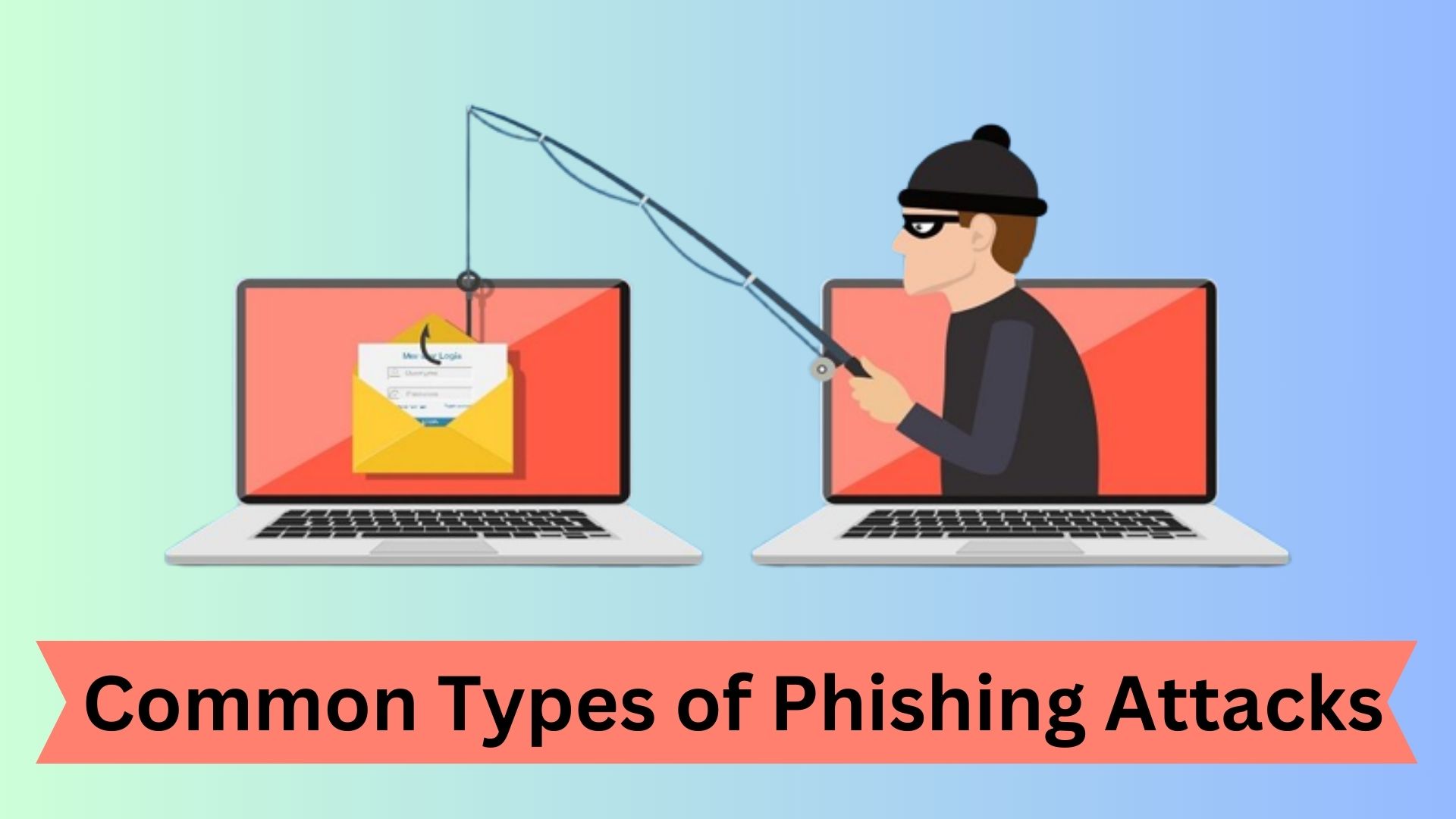Phishing attacks have grown into a sophisticated and widespread cyber threat, using a variety of misleading strategies to acquire sensitive data. Individuals and organizations must understand the many forms of phishing attacks to detect and prevent these harmful attempts.
Common Types of Phishing Attacks
- Whaling Attacks: Whaling attacks seek large payoffs by targeting high-profile persons such as CEOs or senior executives. These assaults comprise sophisticated methods designed to fool top-level executives, frequently through the use of customized emails that appear to be from trustworthy sources or within the firm, to extract critical corporate information or authorize financial transactions.
- Smishing: Smishing, an abbreviation for SMS phishing, refers to fraudulent text messages delivered to mobile devices. These communications usually feature urgent pleas or alluring offers that entice users to click on dangerous websites or provide personal information. Smishing attacks make use of the immediacy and trust associated with text messages to fool people.
- Voice Phishing (Vishing): Vishing schemes take place over phone conversations, with fraudsters impersonating banks, government, or tech support staff. They force victims into providing private information or completing acts like as transferring payments or installing malware-infected software by using social engineering methods and frequently manipulating caller IDs to seem real.
- Email Phishing: One of the most popular types, email phishing includes sending false emails that appear to come from respectable sources such as banks, government agencies, or trustworthy businesses. These communications generally include urgent demands to verify account details, click on dangerous websites, or download malware-infected files. Unwary receivers may unintentionally submit login credentials or personal information, resulting in identity theft or financial losses.
- Spear Phishing: This type of phishing is targeted and involves tailored and individualized assaults. Cybercriminals do extensive research on their victims, customizing emails with precise data such as names, job titles, or organizational information to improve credibility and fool receivers. Attackers want to gain confidence and influence people into disclosing sensitive information or clicking on harmful links by using these customized characteristics.
Recognizing the hallmarks of these phishing attacks, such as suspicious URLs, unsolicited requests for personal information, or urgent and threatening language, enables individuals and organizations to put preventive measures in place, such as cybersecurity training, robust email filters, and multi-factor authentication, to fortify against these pervasive threats.



